Eurasian Lynx
Being the largest of all lynx species, the Eurasian Lynx is bigger and more spotted than the Canadian Lynx and it’s widely known for being one of the most beautiful wild cats. Their natural habitat is European and Siberian leafy forests, rich in wildlife and with plenty of undergrowth for cover.
The Eurasian Lynx is a medium-sized wild cat, their body being on average about 1m and weigh an average of 21 kilograms, males usually being larger than females. It has reddish gray fur and like other lynx, the face is complimented by prominent facial ruff. Their dense fur may be covered with patterns of black spots, lines or no pattern at all, while their legs are relatively long for wild cats and their paws serve as snowshoes due to their large size.
These majestic forest cats lead solitary lives and being a more successful hunter than it’s closest relatives, the Eurasian Lynx has a wide prey base that includes many forest mammals such as rabbits, foxes and deers. The particular diet of each subspecies of the Eurasian Lynx relies on the territory they inhabit, but they hunt almost any animal found in their forests and it is reported that they are able to hunt animals three to four times their size. They are nocturnal creatures that are active only during the night.
The Eurasian Lynx is a very subtle creature and it’s presence in a forest may be unnoticed for many years. Highest chances of seeing them are during the mating season, which takes place between February and April, when these otherwise solitary animals look for a mating partner. After a gestation period of 70 days an average of three kittens are born, who become independent after 10 months of their 20 years long life.
These forest cats used to inhabit nearly every forest in Europe, but now their population has been reduced. In the past, many lynx were hunted to prevent them from hunting all other animals in the forest. Also, their beautiful fur is used as clothing. Currently, they’re classified as “Least Concern” by the IUCN, and although their population remains strong, they have almost completely vanished from many parts of the Europe to which they are now being reintroduced.
When hunting pressure is lessened, the Eurasian Lynx can reproduce quickly enough to pose serious threat to farmers’ livestock, which is why the lynx population is being closely monitored. Although they do not pose any serious threat to humans, in many countries they’re treated as vermin because of their high aggressiveness, because of which they basically hunt anything that moves. Nevertheless, they are one of the most beautiful inhabitants of the European Forests.
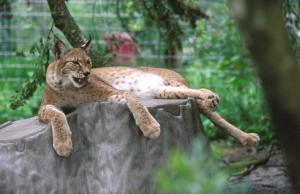
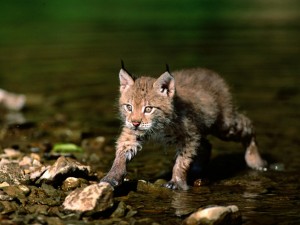
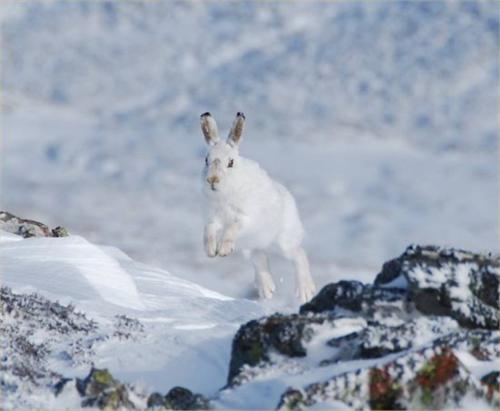
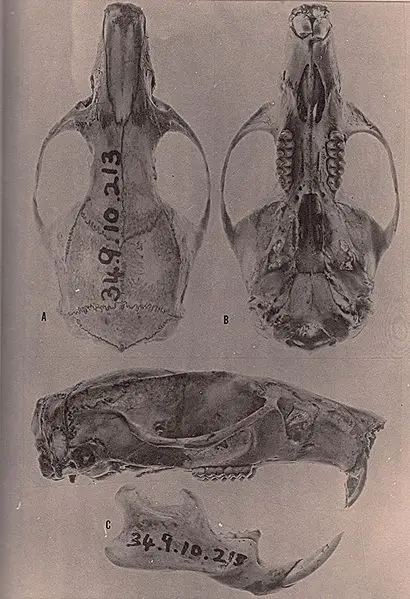
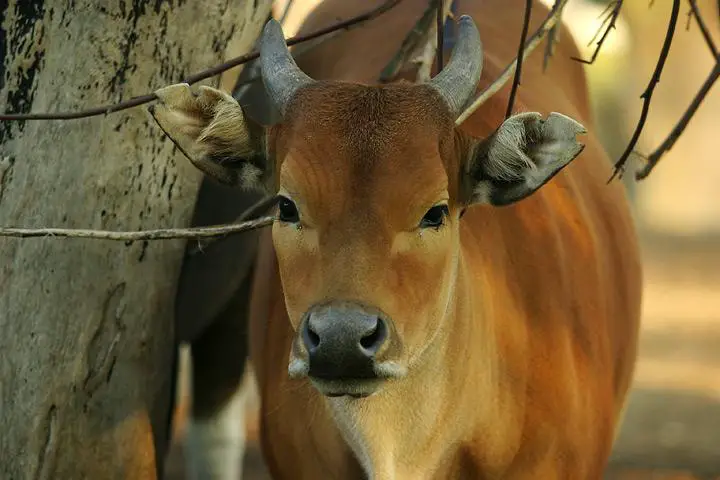
cute but not cudley.
Will more likely bite your hand off than cuddle :D